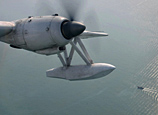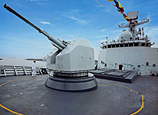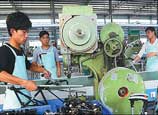
The topic of a US-EU FTA, officially named the "Transatlantic Trade and Investment Partnership," has been discussed for over 10 years, but it suddenly topped the agenda recently, with the substantive negotiations starting this summer.
This major FTA, although faces many hurdles, will have great influence on global trade. China needs to be prepared early.
Both the US and EU are strongly in favor of free trade. As early as 1997, US scholar Clyde Prestowitz proposed the idea of a US-EU FTA. The global financial crisis in 2008 accelerated the move in this direction.
The US has set the goal of manufacturing revival, and is energetically promoting its goods and services export.
The US is pushing FTAs in various directions, aiming at removing all barriers, including seeking congressional approval of FTAs with Columbia, Panama and South Korea, promotion of the Trans-Pacific Partnership in Asia, "modernization" of North American Free Trade Agreement (NAFTA), and now launching of the US-EU FTA negotiations.
Compared with the US, the EU, entangled in a serious debt crisis and economic recession, shares the same goal, although at a slightly slower pace.
The EU, for its part, has rich experience in regional market and economic integration. As a result, there is nothing strange in the two cooperating against external pressures.
The FTA negotiations that are being ambitiously promoted by the US and EU will inevitably promote global trade liberalization. This will bring a new driving force for China to enter further into globalization as well as more challenges.
 |
















 China's 'leftover women' phenomenon arouses heated debate in West
China's 'leftover women' phenomenon arouses heated debate in West


![]()
